If you wish to know some truly great ways of implementing effective communication in the workplace, this one article is for you. Effective professional communication in the workplace is that one binding force that connects everyone within the organization. The importance of strong professional communication is evident from the fact that every level of the organization has to demonstrate these and if found absent within any level, this can break the entire structure of the company.
What is communication?
We define communication as:
“The process of exchanging information between two or more than two people via a medium with the feedback of how that information has been understood by the stakeholders”.
The previous definitions of communication didn’t involve feedback as an essential element. But as the organizational trends are evolving every day, the absence of feedback renders the entire communication process incomplete. So, we strictly assume now that without feedback, all communication is blind.
Process of effective communication in the workplace
The ideal process of effective communication in the workplace includes the following components:
- Sender
- Receiver
- Medium
Sender
The sender is the person sending the message. He has an idea or information to share with another party which he sends through either verbal or non-verbal ways of communication.
Encoding
The sender encodes the information in a suitable form such as words to convey the message.
Receiver
He is the person receiving the message. He is responsible for giving feedback on the message he receives.
Medium/ channel
Medium or channel is the element of effective communication in the workplace through which the message is being sent. This can be either face-to-face, phone, visual, or written. It is important to choose the right kind of medium in every case.
Decoding
The receiver has to decode the message he has received i.e. he translates the message into an understandable way. As the purpose was to convey information to him so he must be able to understand what is being communicated.
Noise
Noise can be anything in the communication channel that distorts the original meaning of the message and due to which the receiver might not be able to understand the message. For example, if the message is conveyed to the receiver in a foreign language, he is unable to understand it so in this case, a foreign language is a noise.
Feedback
The receiver must convey that whether the communication process was effective or not. This is a crucial part of the professional communication process which helps in measuring the effectiveness and improvement of the process.
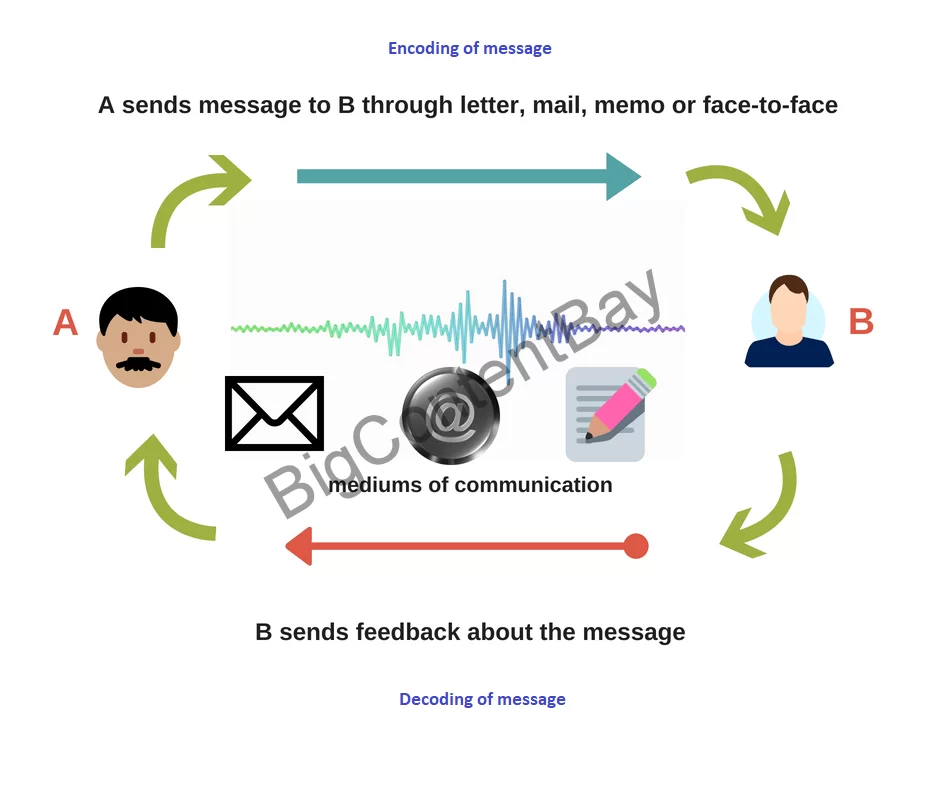
Effective communication methods in the workplace
There are two types of effective communication methods in the workplace:
- Verbal communication
- Non- verbal communication
1) Verbal communication
Verbal communication involves “transmitting the message in words”. This could be written or oral communication i.e. message communicated in writing or through spoken word.
Effective professional methods in written communication include letters, memos, emails, proposals, reports, and faxes.
Oral communication involves phone calls and interpersonal (face-to-face) communication which might be meetings, seminars, teleconferences, or video calls.
Verbal communication standards vary from culture to culture or even company to company. Depending upon these standards, language forms an integral part of verbal communication therefore, spellings and grammar are important too.
Written communication has worldwide acceptance as the most trustworthy communication method for record-keeping as a written message can be reviewed at any time in the future for references and any sort of investigations.
Oral communication methods are reliable for maintaining interpersonal relationships within the organization and hence, a great source of developing effective communication in the workplace.
2) Non-verbal communication
Apparently, most business communication is verbal but in fact, non-verbal communication constitutes more than 80% of the entire communication in the workplace. It involves:
- actions
- gestures & postures
- facial expressions
- eye movements
- distance/ space with another person
- touch
- dressing
- tone and voice- The tone is not reflected well often in a message and it might seem negative due to the usage of certain words or high pitch. So, the tone and voice of a message when you write and speak greatly alter the real meaning of a message.
Non-verbal modes reflect the meaning of the message indirectly, but too strongly. A well-crafted message communicated with unacceptable non-verbal cues is considered highly inappropriate in terms of effective communication. The non-verbal cues are highly culture-dependent. Some preferable and effective methods of communication in non-verbal mode are acceptable in one culture could be highly undesirable in another culture.
Professional communication in the workplace can be either formal or informal. Formal communication usually follows the company rules and policies considering the hierarchy while informal communication is based on the personal choices and preferences of the employees. Calling someone over the phone is an example of informal communication while writing a letter/ email and presenting a bid or proposal are examples of formal communication.
Stakeholders of effective communication in the workplace
The stakeholders of effective communication in the workplace are: “the parties involved in the process of communication either as the sender, receiver, or the ones being affected by it”.
These are:
- Managers
- Employees
- Customers
- Suppliers
- Distributors
- Retailers
It is essential that the higher management defines the patterns and directions of effective communication in the workplace in order to build good and long-term relationships with all the stakeholders.
Directions of effective professional communication within the organization
These are of 2 types:
- Horizontal communication
- Vertical communication
1) Horizontal communication
Horizontal communication is: “The communication between peers or people of the same level”. It can be formal or informal. The implication of horizontal communication is very important in teams where people are at the same level of the hierarchy and their effective communication and bonding can prove to be a source of success for the whole unit. Another example is one department manager giving information about the work progress to the other relevant department manager.
2) Vertical communication
Vertical communication involves “the interaction between two or more than two people of different levels in two directions“
It includes:
- Downward communication
- Upward communication
Downward communication
Downward communication is the communication from a person at a higher hierarchical level to the lower ones. For example, bosses giving instructions to their subordinates on how to do the work, what goals to achieve, informing them of the rules and procedures of the company, and giving feedback on their performance. An ideal downward communication should be written for record-keeping but it can be oral as well depending upon the situation.
Upward communication
The person at a lower hierarchy initiates upward communication to exchange information with the ones at higher levels. This involves reporting of the progress of jobs, any problems at work, and first-line managers forwarding the annual appraisals to the higher management for review.
Barriers to effective communication in the workplace
There are certain barriers to effective communication in the workplace which make the implementation of the whole communication process difficult.
1) Language
The organization is a unit comprising people from diversified backgrounds, belonging to different countries & cultures. Hence, people do speak different languages that other people in the company may not be able to understand. This is one of the important barriers to communication in the workplace in the current corporate environments, where the trend of online work allows people from different countries to work together. English is universally spoken and understood but some people might not communicate well in this language causing a hole in the entire communication process.
2) Filtering the information
The sender because of his own interests and benefits may filter out any piece of information while sending the message e.g. an employee may hide certain issues he is facing at his job while his boss is conducting a review meeting of goals. Also, a middle manager may hide any losses in the project while reporting to the higher management. This filtering out of the information creates a big gap in the process as the real message is not intentionally conveyed.
3) Information overload
Human minds can process a limited amount of information at a time. If they are overloaded with information at once, their ability to process and retain that information is after all limited. With the technological inventions making it easy for a man to process loads of information today, there are certain challenges as more information is being sent to him in the form of emails, video conferences, letters, face-to-face interaction, phone calls, or intranet of the company. So, corporate challenges are more than in the past. This can cause a person to deliberately or unconsciously process certain limits of the messages sent to him and forget or ignore others.
4) Fear to communicate
This explains the fear or anxiety of a person to communicate with other people. Hiring such people within the organization might introduce barriers to professional communication in the workplace. A person feeling anxious while speaking in front of other people or not feeling confident to write, cannot express the real situation well. But this is very common. Every second person lacks the ability to speak confidently and everyone is not a good writer. So, diligent hiring can solve this problem. The positions requiring active speakers must have such abilities considered when interviewing the candidates and the positions requiring more reporting skills must consider looking for writing abilities in the screening process.
5) Selective perception
This barrier to professional communication in the workplace creates when the receiver perceives the information the way he wants. For example, if he is not in a good mood, he can perceive the message sent to him in a negative sense even if the message was positive. Therefore, the notes of the original message distort.
Effective communication in the workplace examples
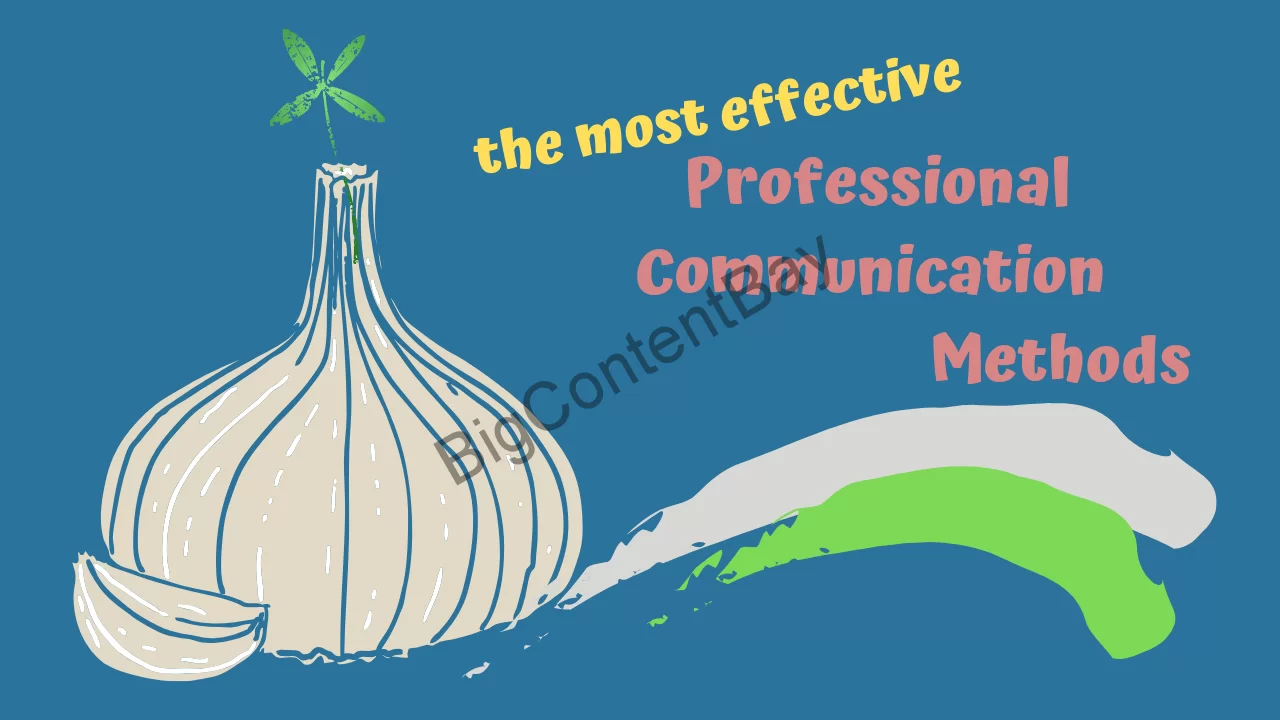
The highly effective communication in the workplace examples can be nurtured in a number of ways:
1) Employee handbooks & on-boarding
List the basic customary communication ways, the reporting formalities, Dos and Dont’s of an organization communication culture in the employee handbooks. The content follows the culture of the organization and its policies. These written communication rules have a great impact on every employee since the first day as he naturally tries to incorporate the preferred communication pattern in his behavior. Also, they have great significance in the grievance procedures due to the presence of a written reference.
New hires have higher tendencies to show flexibility towards learning norms of the organization so conducting the organization familiarity sessions with a strong focus on the modes of communication is a winning idea.
2) Intranet
Today this mode of communication is very popular for strengthening professional communication in the workplace. Most of the companies have their own communication networks called intranets which enable the staff of the company to interact with one another. They are able to send emails and chat in groups so intranets are very useful in facilitating both formal and informal communication. Real-time project follow-ups are a great feature of this. You must go for this incredibly effective tool of communication if your company doesn’t already have one.
3) Meetups
Periodic meetups are one of the best ways to bring your employees together hence, filling the communication cracks. Meetups can be informal depending upon the purpose of their conduction. Such meetups can be picnics, discussions & monthly dinners/ lunches. Meetups can also be formal in the form of meetings for a serious discussion on work. In either way, meetups break the communication gap and bond the employees well.
4) Training
The employees working for long with your company also need time to time training on the latest communication ways. Effective communication is an ongoing process within the company where everyone is either formally or informally interacting with one another. So, there is always room for improvement and adopting the best practices.
Written communication is often troublesome as it requires more approvals and hierarchical involvement. But it calls for strong emphasis based on the safety it offers for future references, . On the other hand, not everybody is a people person, having the confidence to speak in front of others. So, training such employees becomes essential.
5) Freedom of expression
Giving employees the freedom to express their opinions and thoughts is such a wonderful step that a company can take. Imagine where your subordinate comes to you and tells you the issues he is facing at his job. You stand by his side and support his goals and he performs better as a result. On the other hand, imagine he doesn’t have the courage to share or you never gave him the courage to share the problems he faces at his job. He can’t ever get rid of those issues and he can’t perform well on the job. This restricts not only his own growth but also organizational growth.
6) Feedback
Once my manager told me that “you have very good communication skills; you write well and you look into the eyes of the other person when you talk to him. This clearly shows the attention you are giving to him. Hence, he is able to talk to you with comfort”. So, this feedback motivated me, and later, I intentionally focused on this more in the next few days. This is the power of feedback. If your employees have good communication skills, let them know that you appreciate them and they will work harder.
Implement effective communication in the workplace for the company’s success
Remember, communication skills are just a part of the entire employee competencies matrix. Hence, an employee having a strong skill set to perform his job but weak communication skills does not deserve to be thrown out or treated with bias. This aspect can always be improved. Make him connect with more people, allow him to speak and express himself, make him write if he is not good at writing, and guide him in a positive tone.
If you are successful in mentoring your employees to be effective in interacting with people, you are in fact, building a strong network where everyone is supportive of one another. This kind of mutual understanding leaves no void in the man-man compatibility in your company.
Share with others
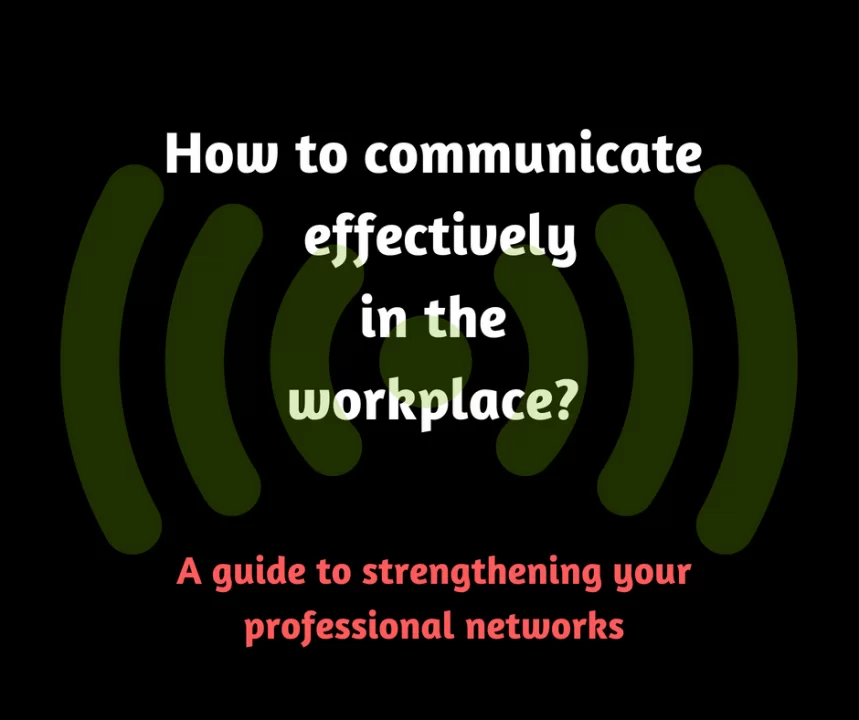
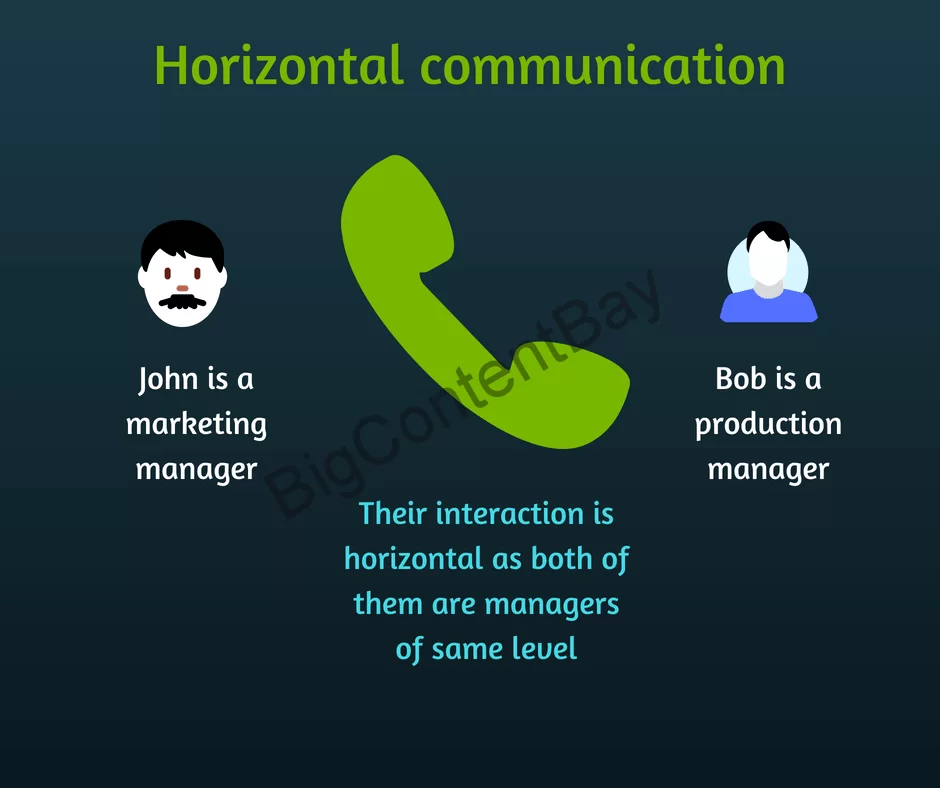
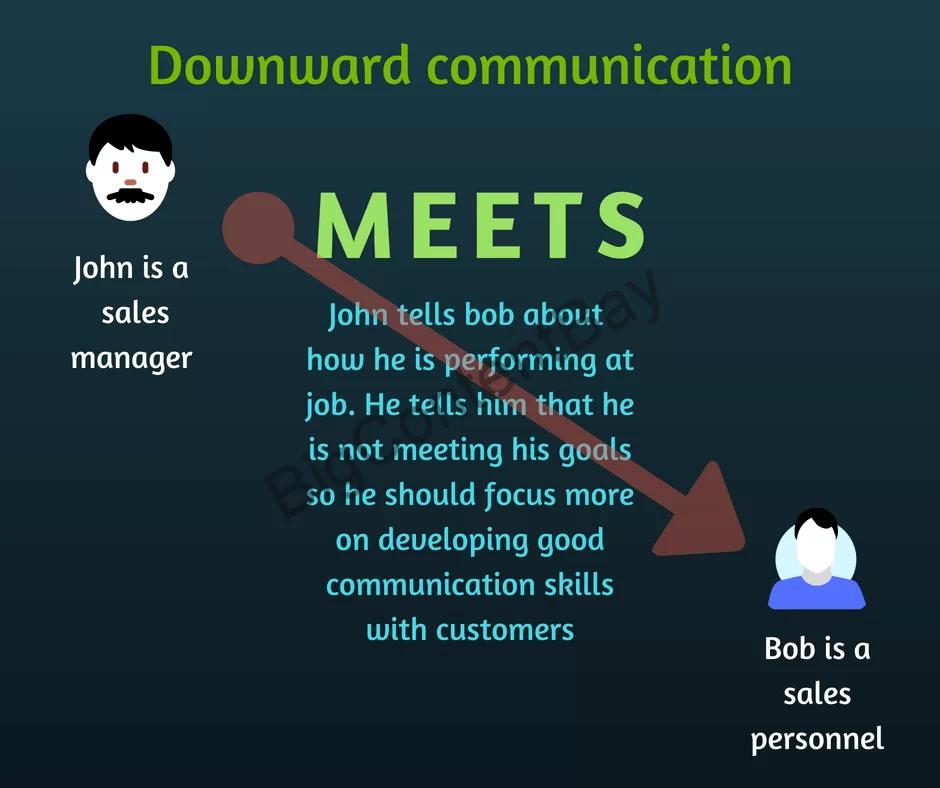
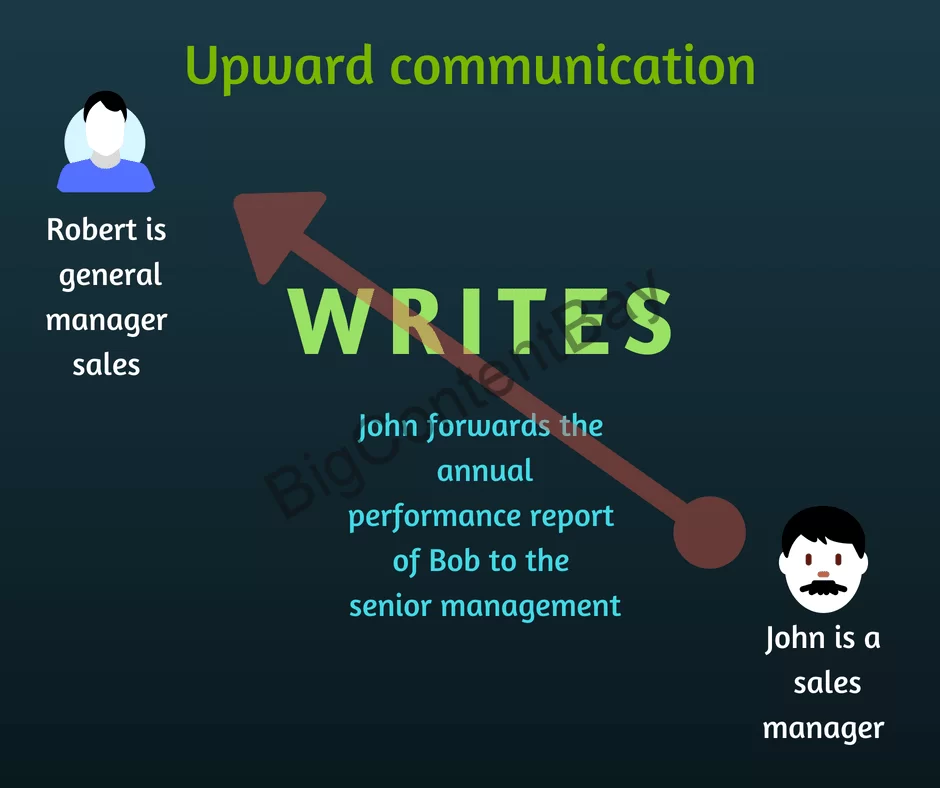
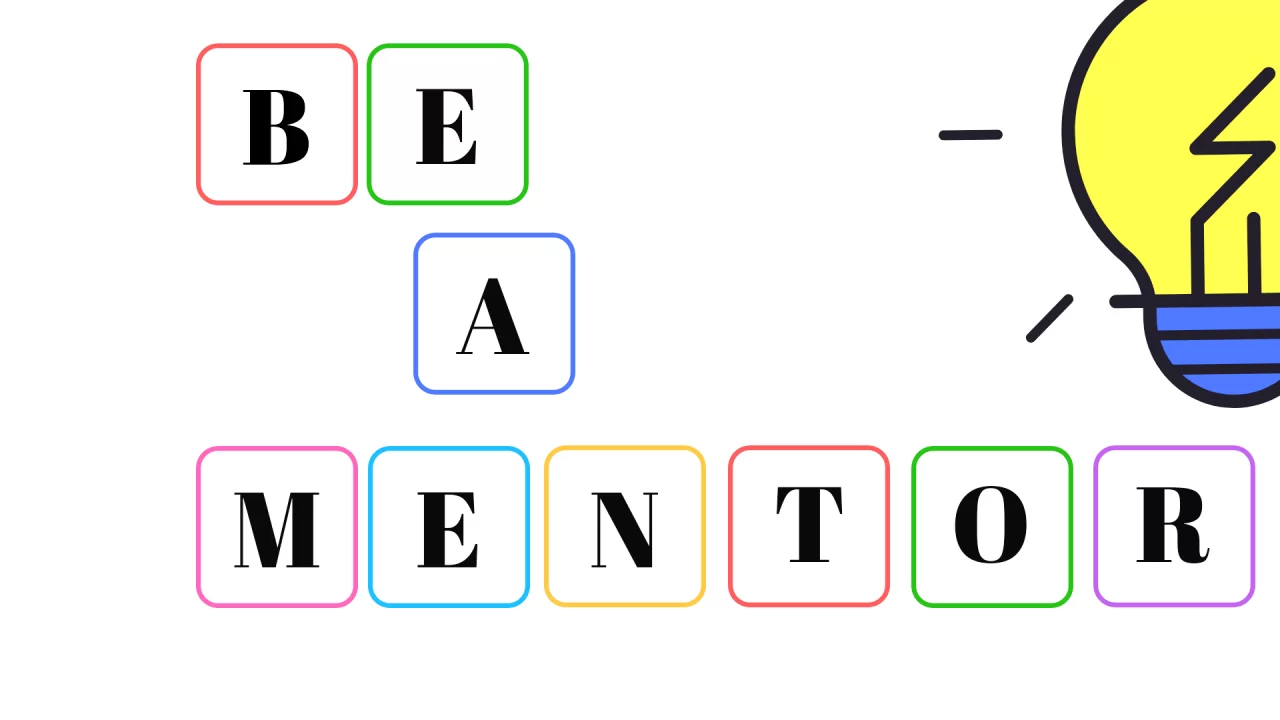

Pingback: 6 Top "How to Build Confidence At Work" Techniques | Big Content Bay
Pingback: The Ideal Employee Mentoring Plan's Powerful Secrets